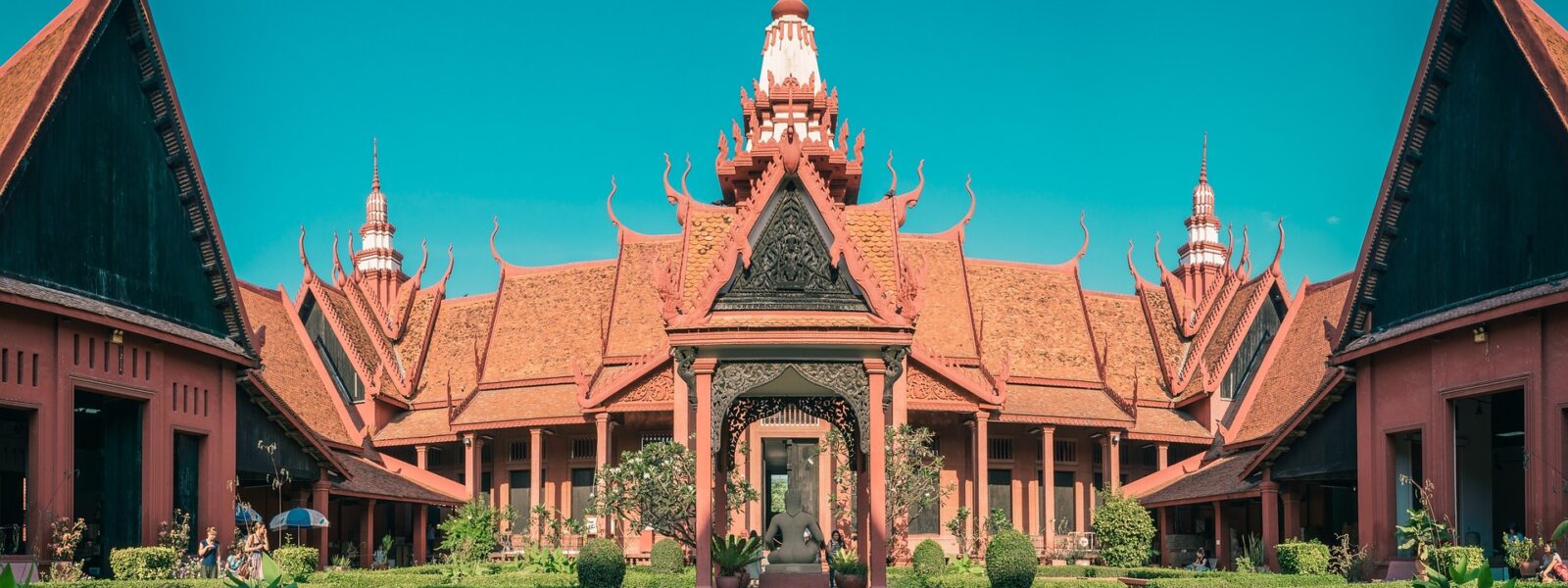Nestled in the heart of Phnom Penh, the vibrant capital of Cambodia, lies a cultural haven that whispers stories of the past through its artistic and historical treasures. The National Museum of Cambodia stands as a testament to the country’s rich heritage and offers visitors a captivating journey through time. With its majestic architecture and an impressive collection of artifacts, this museum has become an essential destination for anyone seeking to delve into Cambodia’s captivating art and history.
1. A Glimpse into the Past: Museum’s History and Significance
As the sun’s rays filter through the lush courtyard, visitors step into a world where history takes center stage. The National Museum was inaugurated in 1920, a landmark that celebrates the Khmer culture’s resilience and beauty despite the tumultuous history. The museum serves as a custodian of Cambodia’s artistic heritage, preserving invaluable artifacts that survived the ravages of time and conflict.
2. Architectural Marvel: Design and Layout
The museum’s architecture itself is a work of art, reflecting traditional Khmer design elements. Its terracotta facade and elegant roofs pay homage to Cambodia’s ancient temples, creating a harmonious blend between the past and the present. The layout is thoughtfully designed to guide visitors through a chronological journey, making it easy to immerse oneself in the evolving narratives.
3. Treasures Unveiled: The Collections
Stepping into the museum’s galleries feels like entering a treasure trove where the past comes alive. Intricately carved sculptures, delicate ceramics, and exquisite bronzes offer a glimpse into the Khmer Empire’s artistic prowess. The star of the show is the mesmerizing collection of Angkorian-era artifacts, showcasing the intricate craftsmanship that flourished during this golden age.
4. Sculptures That Speak: The Gallery of Statues
The museum’s Gallery of Statues is a poetic ode to the Khmer’s affinity for sculpting beauty from stone. Majestic deities, serene apsaras, and enigmatic guardians stand frozen in time, their expressions telling tales of devotion and spirituality. Each sculpture narrates a unique story, leaving visitors captivated by the intricate details that breathe life into the stone.
5. Rediscovering Angkor: The Angkor Wat Gallery
A pilgrimage to Cambodia isn’t complete without paying homage to the iconic Angkor Wat. The museum’s Angkor Wat Gallery transports visitors to the heart of this majestic monument. Intricate bas-reliefs, scaled-down architectural models, and informative displays paint a vivid picture of Angkor’s grandeur, providing context to the enigmatic ruins visitors will encounter.
6. A Glimpse of Royalty: The Royal Regalia Hall
Royalty and regalia take the spotlight in this hall, where visitors can marvel at ceremonial artifacts that once adorned Cambodian monarchs. Gilded thrones, ornate costumes, and symbolic accessories provide insight into the courtly traditions and the symbolism embedded in every piece.
Conclusion As the museum visit comes to a close, visitors leave with more than just memories. The National Museum of Cambodia leaves an indelible mark, illuminating Cambodia’s past, celebrating its artistic genius, and inspiring a deeper connection with the country’s soul. Through its art and history, the museum showcases the enduring spirit of Cambodia, inviting all who enter to be part of its ongoing story.


You must be logged in to post a comment.